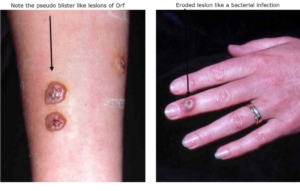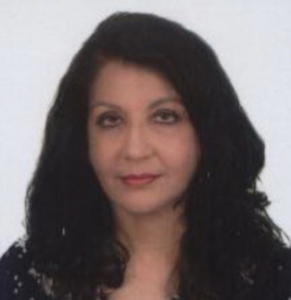Project Description
Tomorrows Leaders In Skin Disease Management in General Practice
The Membership course is directed at General Practitioners particularly those in the country or city outskirts where ready and affordable access to a Specialist Dermatologist for their difficult skin cases is a problem. The Australian Institute of Dermatology has been helping in dermatology education by running this course since 2008. The course is run over 2 semesters of 14 weeks with 7 modules in each semester. There are weekly webinars where the module content is discussed, module assessments answered and cases that candidates have submitted to the virtual clinical meeting are diagnosed and treated.
Frequently Asked Questions
When does the course run? – In 2024 Semester 1 will run from 2nd Feb until 6th May and Semester 2 From 3rd June until the 14th September.
What does the course cost? – The course costs $3650 if paid in full by the 1st Dec 2023 and $3950 if paid after that date.
 What does the course cover? – The course covers all the common skin diseases met with in a busy General Practice including the common skin cancers which are important here in Australia.
What does the course cover? – The course covers all the common skin diseases met with in a busy General Practice including the common skin cancers which are important here in Australia.
Who can apply? – The course is open to Medical Graduates both here in Australia and Overseas.
You can apply for next year’s course at the course website www.aidmembership.com
Two Semester Membership Course
In Semester 1 we look at the common skin diseases in great detail and the many clinical variations you will see in the rooms.
In Semester 2 we look at a selection of rarer skin diseases, hair and nail disorders, skin cancer diagnosis and management and some cosmetic dermatology.
Build Your Future With The Australian Institute of Dermatology
The Institute and it’s Tutors will help you develop a deep understanding of the diagnosis and management of skin disease.
The 2 Semester course costs $3950 . This includes the live Weekend Workshop at the John Flynn Hospital which starts the course off every Feb. The Weekend Workshop is recorded so attendance is not obligatory for Overseas Candidates. It is likely to be live streamed in future courses. The rest of the course including end of semester exams can all be done online including the Thursday evening webinars. The fee includes access to all the course websites for two years after completing the course. It also allows you to put difficult cases into the virtual clinical meeting site for help with diagnosis not only during the course but also after you obtain your Membership. You will also be invited to attend the two weekly Alumni webinars after you obtain your Membership.
Semester 1
Semester 1
Module 1A Introduction to skin morphology and diagnosis .
Module 1B Topical Therapy and Topical Steroids
Module 2A Eczema and Hand Dermatitis
Module 2B Contact Dermatitis and Patch Testing
Module 2C Atopic Dermatitis
Module 3A Acne vulgaris and related disorders
Module 3B Rosacea and related disorders
Module 4A Psoriasis and the other Papulosquamous Diseases
Module 4B Psoriasis and the other Papulosquamous Diseases
Module 4C Psoriasis and other Papulosquamous diseases
Module 5A Bacterial Skin Infections
Module 5B Sexually Transmitted Bacterial Infections
Module 6A Sexually transmitted viral infections and AIDS
Module 6B Warts, Herpes Simplex and other Viral Infections
Module 7A Superficial Fungal Infections
Module 7B Deep Fungal infections, Mycobacteria and Leishmaniasis

Semester 2
Module 8A Viral Exanthems and Drug Eruptions
Module 8B Other Pediatric skin diseases
Module 9A Infestations and Bites
Module 9B Vesicular and Bullous diseases
Module 10A Connective Tissue Diseases
Module 10B Urticaria and Angioedema
Module 10C Hypersensitivity Syndromes and Vasculitis
Module 11A Light Related Diseases
Module 11B Disorders of Pigmentation
Module 11C Benign Skin Tumours
Module 11D Pre-malignant/malignant non melanoma skin tumours and Lymphomas
Module 12A Nevi and Malignant Melanoma
Module 12B Vascular tumours and malformations
Module 13A – Hair Diseases
Module 13B – Nail Diseases
Module 13C – Oral diseases
Module 14A Cutaneous Manifestations of Internal disease
Module 14B – Dermatological surgical procedures and Cosmetic Dermatology
Rest of Module follows in the course website.
Course Requirements
For the Membership Course you will get the most from the course by being in active practice where you are seeing people with skin problems on a regular basis. You can then put what you are learning quickly into practice. You will also examine patients with a more critical eye.
Build Your Future With The Australian Institute of Dermatology
The Institute has been helping General Practitioners better diagnose and treat skin diseases for the last 15 years. In that time more than 600 doctors have completed it’s Membership course.

You can apply for the course by filling in your details below.
COURSE TUTORS
Join Over A 1000 of your Colleagues Enjoying Aid Educational Now
Become Part of the Australian Institute of Dermatology to Further Your Career.



